Polytheism

Polytheism refers to the worship of “many gods.” Traditionally, Jews, Christians and Muslims are referred to as the “People of the Book” in the Koran. Known as the Abrahamic religions because they recognize Abraham as a founding prophet, all three are said to be monotheistic religions that strictly endorse worship of the “God of Abraham” – Jehovah to the Jews and Christians and Allah to the Muslims. They have distinguished themselves from “pagans” or “infidels” because they worship “The One God,” as opposed to those who worship many gods, such as the Greco-Roman polytheists and Hindus who worship many demigods, perhaps along with genuine incarnations of God.
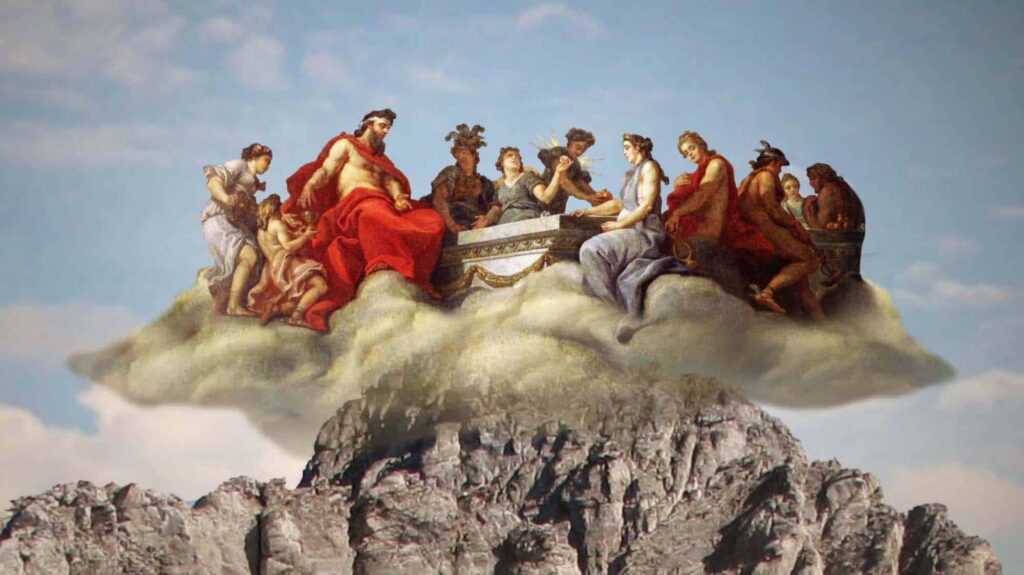
Roman Gods on Mount Olympus
The Celts, like other European Iron Age tribal societies, also practised a polytheistic religion. Many Celtic gods are known from texts and inscriptions from the Roman period. Rites and sacrifices were carried out by priests known as druids. The Celts did not see their gods as having human shapes until late in the Iron Age. Celtic shrines were situated in remote areas such as hilltops, groves, and lakes. [Celts – Wikipedia]
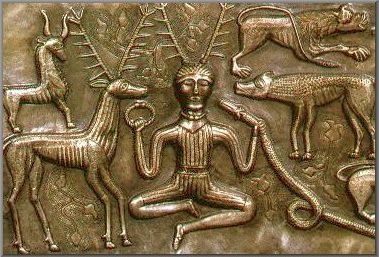
Cernunnos
Cernunnos (Celtic: “Horned One”) was a Celtic deity who was worshipped to gain power and protection. He was believed to be a nature god of great passion and energy. Cernunnos was usually depicted with antlers, seated cross-legged, and is often accompanied by stags, horned serpents, dogs, bulls, and rats. Cernunnos is also associated with the Wiccan Horned God in the modern practice of Wicca. He was widely worshipped as the “lord of wild things.”
There are also religious systems which have various pantheistic and animist beliefs which are considered to fall into the category of polytheism. These include many first nation cultures and tribal African and South-American belief systems, which worship shamanistic guardian spirits, nature spirits, ancestral spirits, ghosts, fertility gods and goddesses, voodoo deities etc.
Animism
Animism is the belief that everything is alive or has a soul, and that supernatural beings inhabit ordinary objects as well as animate beings – they treat natural phenomena such as geographical features – mountains, rivers, *ley lines, Stonehenge etc. – as well as animals, birds, rocks, plants and ancestors as sacred. Indigenous societies worship these spirits who they believe can provide supernatural help in finding food and shelter, ensuring fertility, healing the sick (or causing illness) and keeping away malevolent forces. They often use totems – any animal or natural object that protects or aids a group of people – a family, clan or tribe.

Rituals are performed by shamans, medicine men who have the power to communicate with or be possessed by spirits, who intercede on behalf of these animist communities and mediate with these non-human beings – unattached spirits who may also create problems for humans. Sometimes, as in the case of voodoo, they try to gain favor of such spirits by offering animal sacrifices (chickens etc.) and gifts such as alcohol and tobacco, and often use rhythmic drum music and psychoactive substances like ayahuasca to induce trances and enhance spirit possession.

Glastonbury
Celtic druids also practiced animism, worshiping gods of nature, fertility, harvest, rain, etc. at places that had spiritual significance to them, like Glastonbury and Stonehenge. Many of todays neo-pagan groups who, along with followers of Wicca, worship the sanctity of earth and nature, have revived the practice of holding rituals in sacred groves and sites, performing ceremonies at times such as equinoxes and solstices, although it is unlikely that these neo-pagan practices authentically adhere to or even resemble ancient Celtic practices, which archaeologists say included ritual human sacrifice.
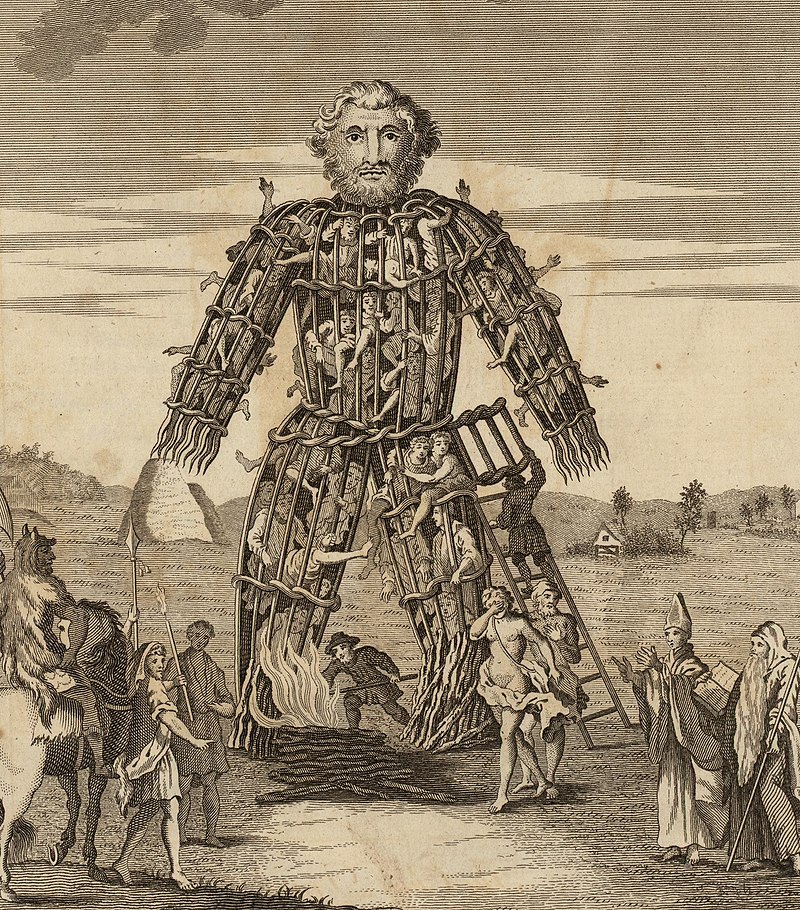
A Sacrificial Wicker Man
*Ley lines are straight alignments drawn between various historic structures and prominent landmarks. The idea was developed in early 20th-century Europe, with ley line believers arguing that these alignments were recognised by ancient societies that deliberately erected structures along them. Since the 1960s, members of the Earth Mysteries movement and other “esoteric” traditions have commonly believed that such ley lines demarcate the flow of “earth energies” and serve as guides for alien spacecraft. Archaeologists note that there is no evidence that ley lines were a recognised phenomenon among ancient European societies and that attempts to draw them typically rely on linking together structures that were built in different historical periods. [Ley Lines – Wikipedia]

Pantheism
Pantheism is the belief that God and the universe are identical. Pantheism derives from the Greek pan, meaning “all or everything” and theos, meaning “god or divine” – ‘everything is god, everything is divine.” Thus, believing that nature is God, for pantheists there is no distinction that raises the value of the spiritual above that of the material creation. Thus they worship gross objects as spiritual and have no knowledge of a transcendental God and reality beyond the material world. Pantheists believe that everyday reality is identical with the divine or trancendental realm, or that all things compose an all-encompassing, ever-present god or goddess.

Pantheist belief does not recognize a distinct personal god, but instead characterizes a broad range of doctrines which describe various types of relationships between material “reality” and divinity. Pantheistic concepts date back thousands of years, and pantheistic elements have been identified in various religious traditions. Pantheism is often (correctly) viewed as a non-religious or atheistic philosophical position. By equating the universe – which is seen as the totality of all existence – and God as being identical, they deny the personality and transcendental existence of God. Pantheists are not unlike your ordinary garden variety materialists, in that they do not recognize that there is another energy – spiritual energy – which transcends the material energy.
In the Bhagavad-gita, Krishna makes a clear distinction between, material nature, the living entities, and the Supreme Lord who is the controller of both the inferior and superior energies.
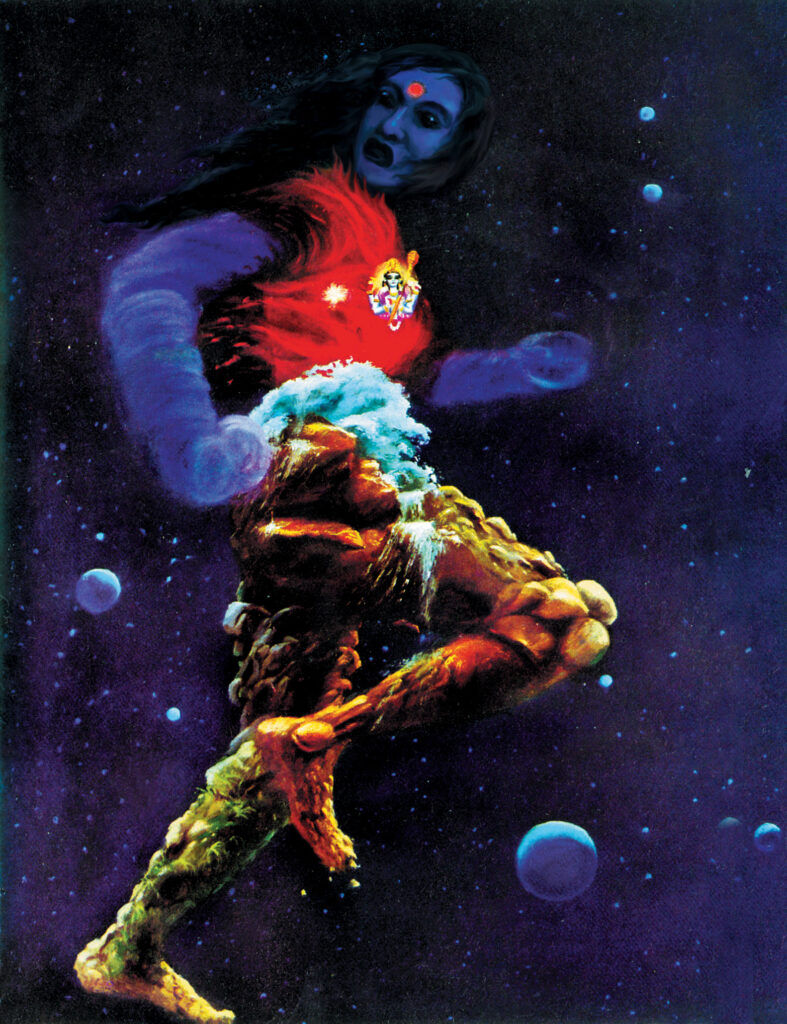
Earth, water, fire, air, ether, mind, intelligence and false ego—altogether these eight comprise My separated material energies. Besides this inferior nature, O mighty-armed Arjuna, there is a superior energy of Mine, which are all living entities who are struggling with material nature and are sustaining the universe.
Of all that is material and all that is spiritual in this world, know for certain that I am both its origin and dissolution. O conquerer of wealth [Arjuna], there is no Truth superior to Me. Everything rests upon Me, as pearls are strung on a thread.
[Bhagavad-gita 7:4-7]
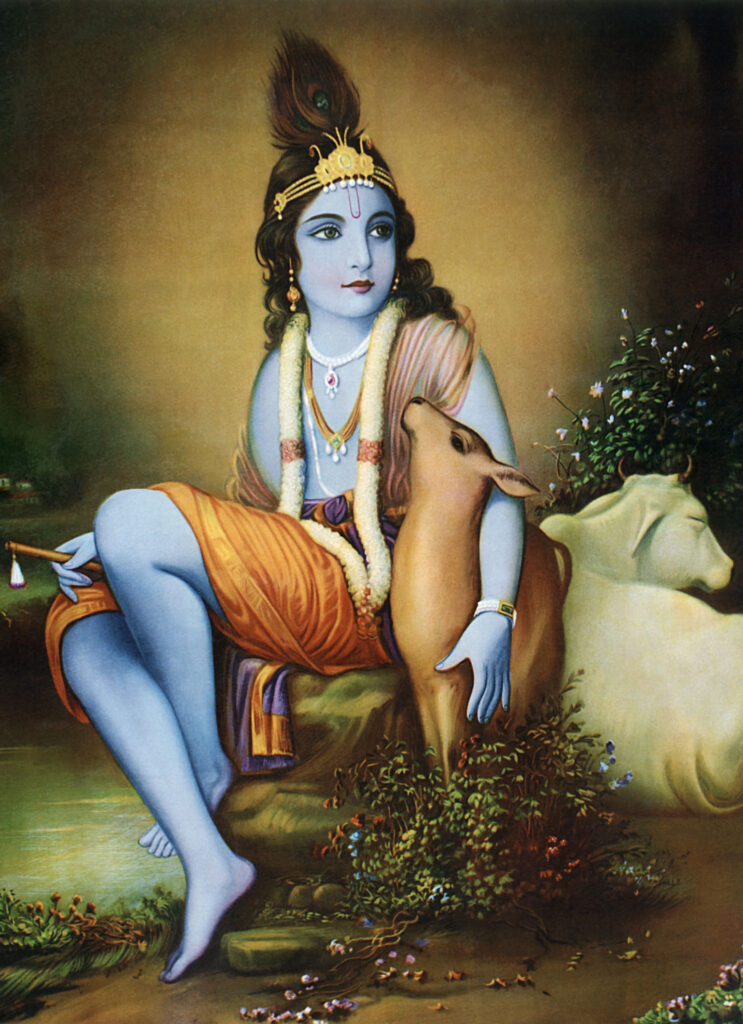
Monism
Monism is the idea that “it’s all one” – everyone and everything is God. Monism is ultimately no different to polytheism – if everyone and everything is ultimately God, then there is no one supreme being to be worshipped by all others. The monist doesn’t need to worship anybody else – he is the one and only god. In Kali-yuga, the Supreme Lord instructed Lord Shiva, in his role as Sankaracharya, to teach monism, also called mayavada philosophy or impersonalism.
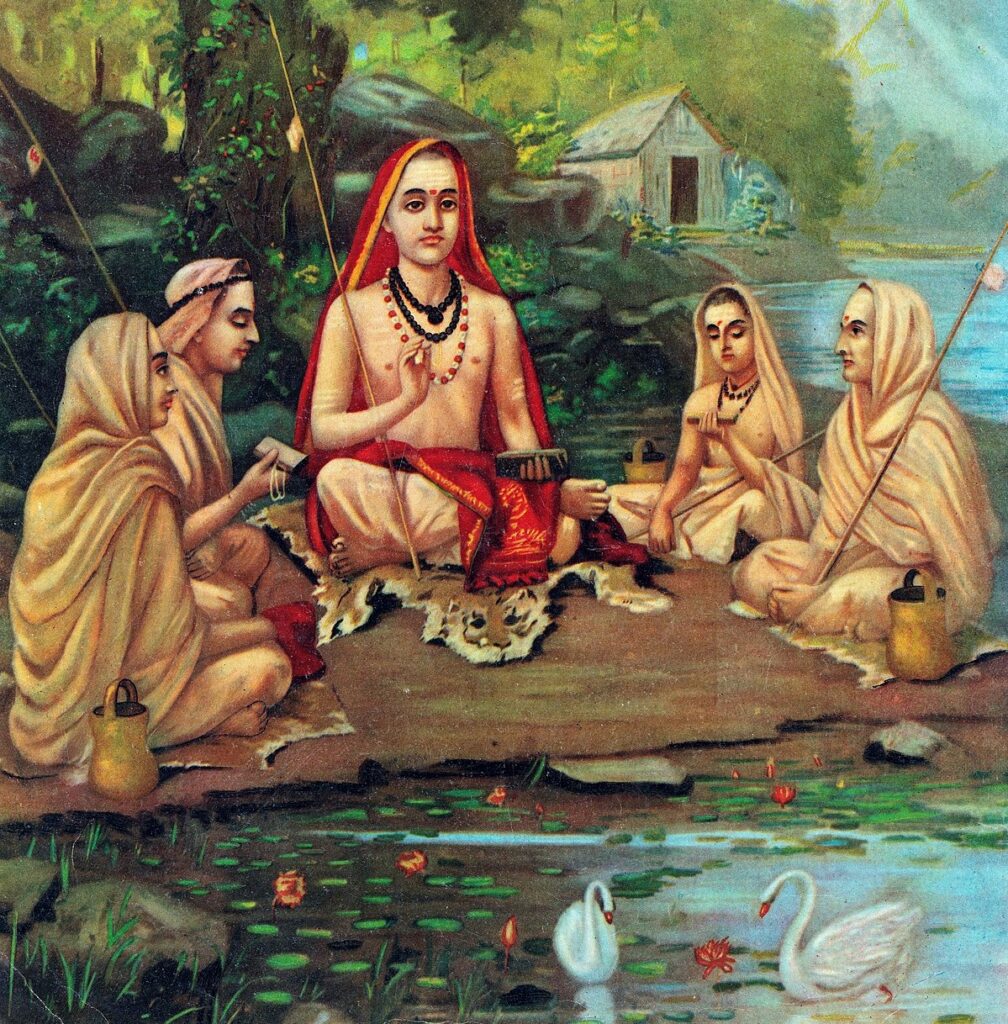
Sankaracarya and Monist or Mayavada Philosophy
Lord Shiva informed his wife Parvati: the mayavada philosophy is impious. It is covered Buddhism. My dear Parvati, in the form of a brahmana in Kali-yuga I teach this imagined mayavada philosophy. In order to cheat the atheists, I describe the Supreme Personality of Godhead to be without form and without qualities. Similarly, in explaining Vedanta I describe the same mayavada philosophy in order to mislead the entire population toward atheism by denying the personal form of the Lord.
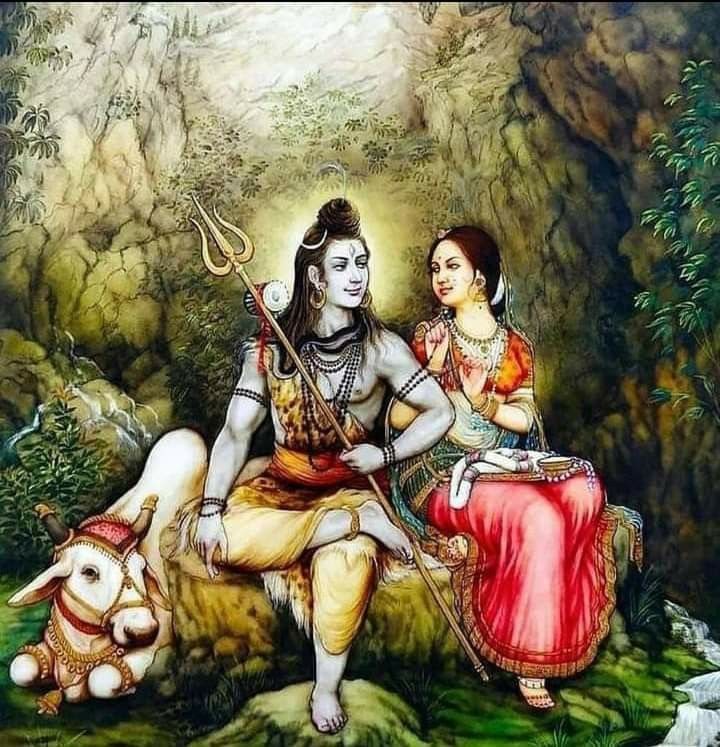
Lord Shiva and Parvati
My dear wife, hear my explanations of how I have spread ignorance through mayavada philosophy. Simply by hearing it, even an advanced philosopher will fall down. In this philosophy, which is certainly very inauspicious for the people in general, I have misrepresented the real meaning of the Vedas and recommended that one give up all activities in order to achieve freedom from karma. In this mayavada philosophy I have described the jivatma and the Paramatma to be one and the same.
[Padma Purana. Quoted Caitanya-caritamrta Adi 7:110 purport]
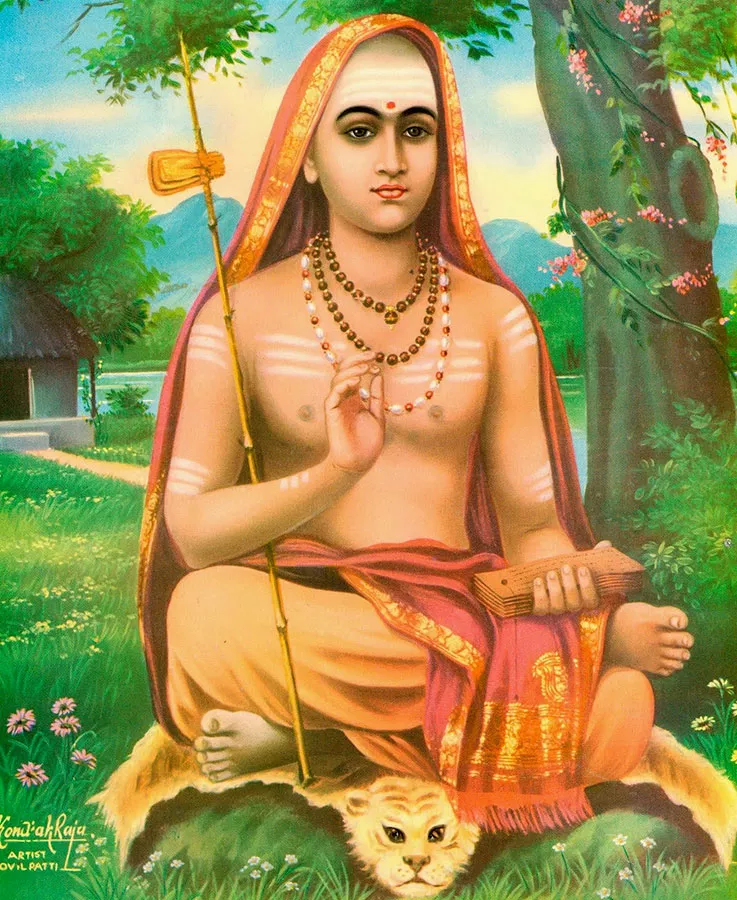
Sankaracarya, who is an incarnation of Lord Shiva, is faultless because he is a servant carrying out the orders of the Lord. But those who follow this mayavada philosophy are doomed. They will lose all their advancement in spiritual knowledge.
[Caitanya-caritamrta Adi 7:114]
The mayavada philosophy is so degraded that it has taken the insignificant living entities to be the Lord, the Supreme Truth, thus covering the glory and supremacy of the Absolute Truth with monism.
[Caitanya-caritamrta Adi 7:120]
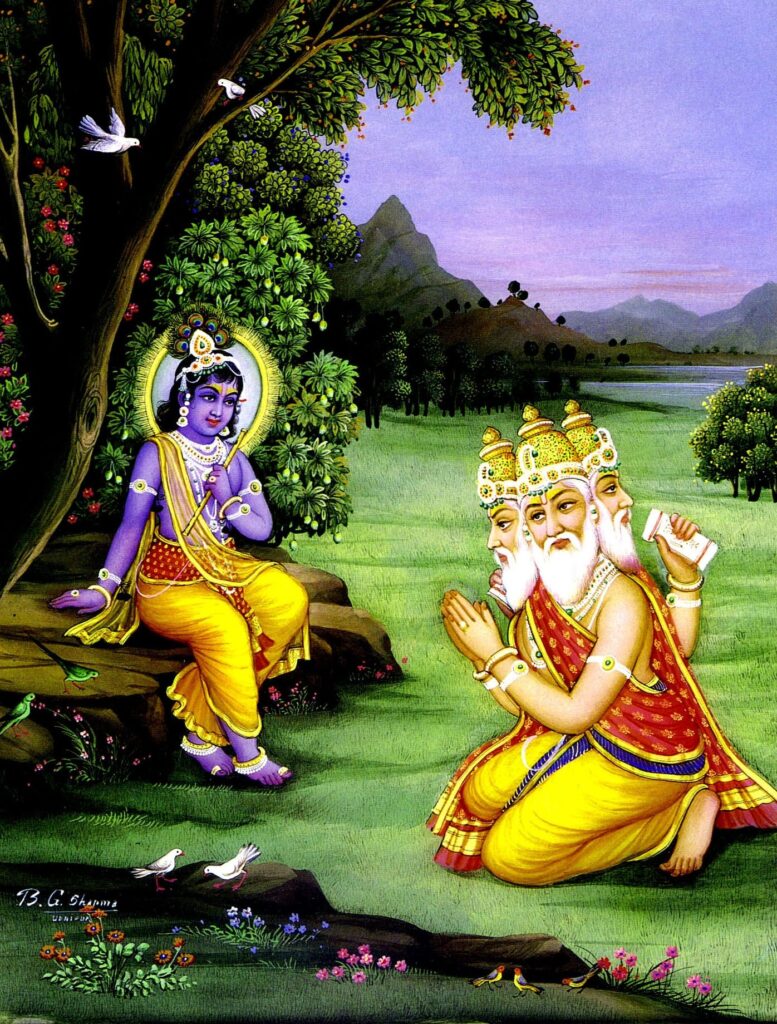
Lord Brahma … is devoted to the Supreme Personality of Godhead without deviation, and therefore in one sense he is not different from the Lord. Nevertheless, he should be worshiped not as the monists worship him, but in duality. One should always remain a servitor of the Supreme Lord, the supreme worshipable Deity. We therefore offer our respectful obeisances unto Lord Brahma, the form of manifest Vedic knowledge.
[Srimad Bhagavatam 5:20:33]
Quotes from Various Impersonalist Monist Teachers
Meditate on your Self. Honour your Self. Worship your Self. Understand your Self. God dwells within you as you.
The game is not to know God; the game is to be God.
The word “brahmacharya” means that you have come to attain, you have come to know that you are Brahman, the ultimate, the divine, that you are God Himself.
Whether man knows it or not, there is for him only one aim in life, and eventually he realises this when he consciously experiences his own eternal and infinite state of “I am God.”
There is nothing higher or greater than this “I am God” state, the state of perfect Super-Consciousness.
You are all God and My efforts are to lift you up to divinity.
You have not heard me fully; I say I am God; I also say that you are God. The only difference is that I know that you and I are God and you do not know it.
Dualism versus Monotheism
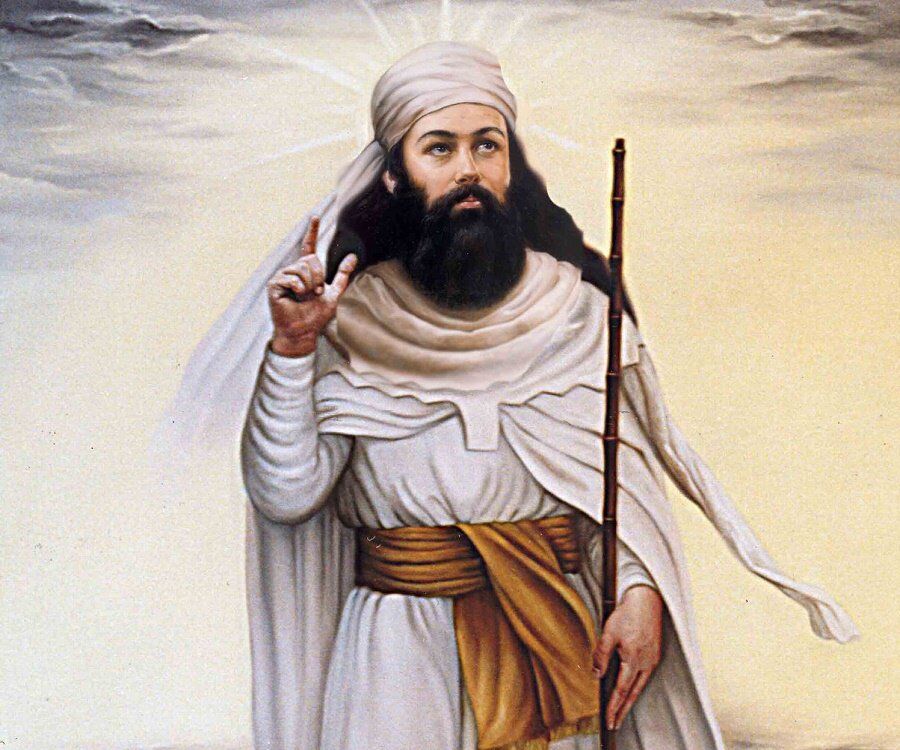
Zoroaster
One of the clearest examples of Dualism in religious doctine can be seen in the Zoroastrianism of ancient Persia (Iran). Ahriman is the bad god, leader of the enemies who oppose the good god Ahura Mazda. In this dualistic religious doctrine, Ahriman is thought to be the first personification of the force of evil, a fore-runner of the Devil or Satan. Founded by the Iranian prophet Zoroaster (or Zarathustra), Zoroastrianism presented the concept of an ever-lasting struggle between Good and Evil, where hopefully the Good will eventually prevail. The first ever records of Zoroastrianism date back to the 5th Century BC.
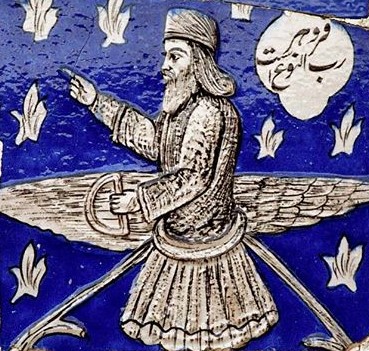
Ahura Mazda
In the Zoroastrian religious texts, the Gathas, the two opposing spirits – the Beneficent Spirit Ahura Mazda and the Destructive Spirit Ahriman – are complete and equal opposites in all regards. The Destructive Spirit is said to be the “twin brother” of the Beneficent One, and the two spirits are said to be “symmetrical” or equal in power, but contrary in their character and activities. Ahura Mazda is represented as lofty, in the light, full of omniscience and goodness, while Ahriman is represented as debased, in darkness, full of aggressiveness and ignorance.
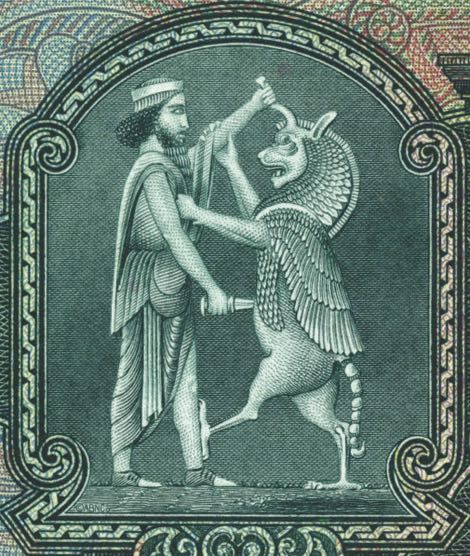
Ahriman (right) fighting a Persian King
According to the Vendidad, a collection of texts written as a book of laws for the Zoroastrian community, Ahriman co-created the world with Ahura Mazda, countering evil with everything good Ahura Mazda created. It is said that Ahriman created:
The serpent in the river, Winter, the locust which brings death unto cattle and plants, plunder and sin, the ants and the ant-hills, the sin of unbelief, tears and wailing, the sin of pride, the unnatural sin, the evil work of witchcraft, the sin of utter unbelief, the cooking of corpses, abnormal issues in women, barbarian oppression and 99,999 diseases.
[Information from Catholic Encyclopedia online, Wikipedia and Demopedia Wiki]
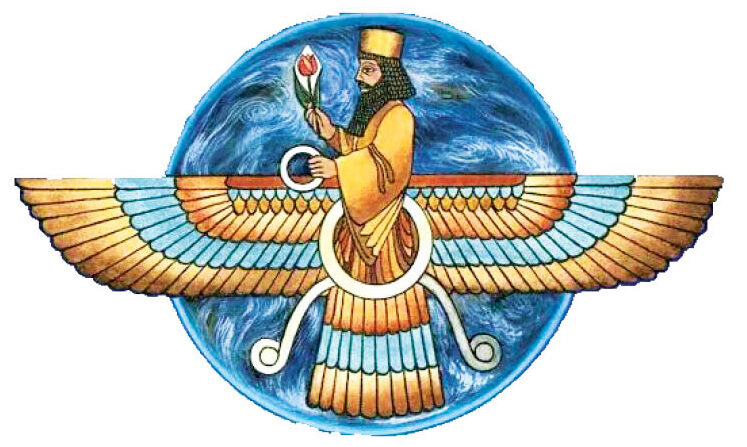
Ahura Mazda
Refuting Dualism in Christian Doctrine
The term Satan is Hebrew and means “adversary.” In the earlier sections of the Old Testament, it is employed in a general sense of “adversary,” personal or national … In such passages, no trace of a distinct being designated “Satan” is to be seen. Such a being meets us for the first time in the Book of Job, in the person of one of the “sons of God” (“angels” in some translations) who bears the title of “the Satan.”
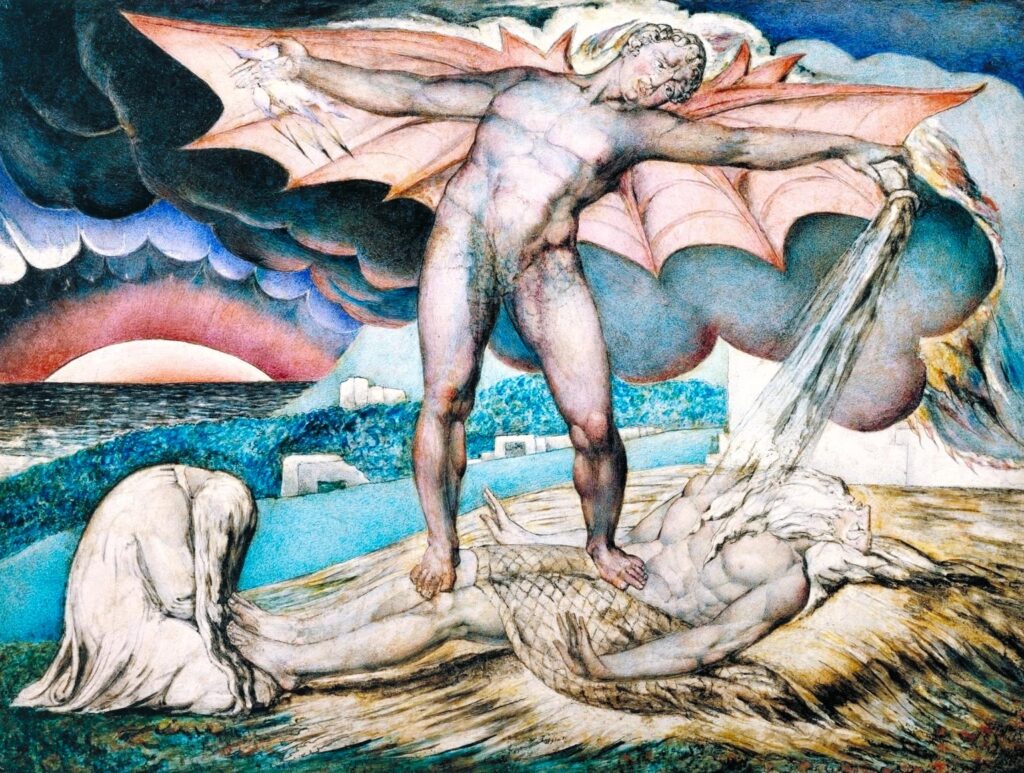
Satan Afflicting Job with Boils
Here, Satan appears as a member of the celestial council of angelic beings who have access to the presence of God. His special function is to watch over human affairs and beings with the object of searching out men’s sins and accusing them in the celestial court. He is thus invested with a certain malevolent character; but it is to be observed that he has no power to act without the Divine permission first being obtained, and cannot, therefore, be regarded as the embodiment of the power that opposes the Deity.
[Dictionary of the Bible (Second Edition): Hastings, Grant & Rowley p.888]
Satan is the English translation of a Hebrew word whose literal meaning is “adversary.” This is the basic idea associated with Satan in the Old Testament. The figure of Satan is found in only three places in the Old Testament … In Job (1-2) and Zechariah (3:1-2) Satan is depicted as a member of God’s court whose basic duty it was to accuse human beings before God. He is clearly not at this point an enemy of God and the leader of the demoniac forces of evil …
There is some question as to whether, in 1 Chronicles (21:1) a specific personality is being described … (In the Hebrew text there is no definite article with the noun “satan,”) and the word is probably best translated as “an adversary.” In either case, the figure in 1 Chronicles is not yet the embodiment of evil. It should be noted that “the serpent” of Genesis 3 is never in the Old Testament identified as Satan.
[Harper Collins Bible Dictionary (Revised Edition) p.975]
God Has No Competitor
There are numerous verses in the Old and New Testament which clearly state that God has no competitor. In the Old Testament we find:
“You are My witnesses,” declares the Lord, “that I am God. Yes, and from ancient days I am He. No one can deliver out of My hand. When I act, who can reverse it?”
[Isaiah 43:12-13]
I am the Lord, and there is no other. Apart from Me there is no God … I form the light and create darkness, I bring prosperity and create disaster. I the Lord do all these things.
[Isaiah 45:5,7]

To whom will you compare Me or count Me equal? To whom will you liken Me that we may be compared?
I am God, there is no other. I am God, there is none like Me … I say: My purpose will stand, and I will do all that I please. From the east I will summon a bird of prey; from a far off land, a man to fulfil my purpose. What I have said, that will I bring about. What I have planned, that will I do.
[Isaiah 46:5, 9-11]

Ah, Lord God! It is you who have made the heavens and the earth by your great power and by your outstretched arm! Nothing is too hard for you.
[Jeremiah 32:17]
I know that you can do all things, and that no purpose of yours can be thwarted.
[Job 42:2]
There is no doubting God’s unrivalled power in the Old Testament. And there was never any indication that Lord Jesus saw His Heavenly Father as anything but all-powerful. He never taught that God had a rival.
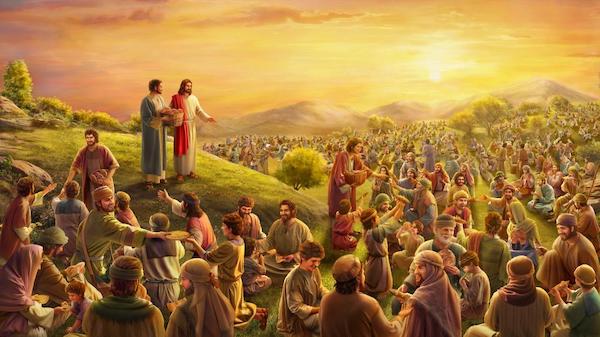
In the New Testament we find:
Thy will be done, on earth, as it is in heaven.
[Lord Jesus Christ: The Lord’s Prayer]
In Him we were also chosen, having been predestined according to the plan of Him Who works out everything in conformity with the purpose of His will.
[Ephesians 1:12]
Are not two sparrows sold for a penny? Yet not one of them will fall to the ground without the will of your Father.
[Matthew 10: 29]

But Jesus looked at them and said, “With man this is impossible, but with God all things are possible.”
[Matthew 19:26]
For nothing will be impossible with God.
[Luke 1:37]
Satan And Dualism Of Good Versus Evil: Doctrinal Consequences
Henry Ansgar Kelly in his work SATAN: A Biography speaks of dualism in Christianity:
The later depiction of Satan as the evil adversary of God caused a radical change in Christian doctrine, by turning Christianity into a neo-Zoroastrian religion, portraying a dualism of “good versus evil” in the created order. God’s benevolent control of the Universe was now compromised by the emergence of a virtual Principle of Evil.
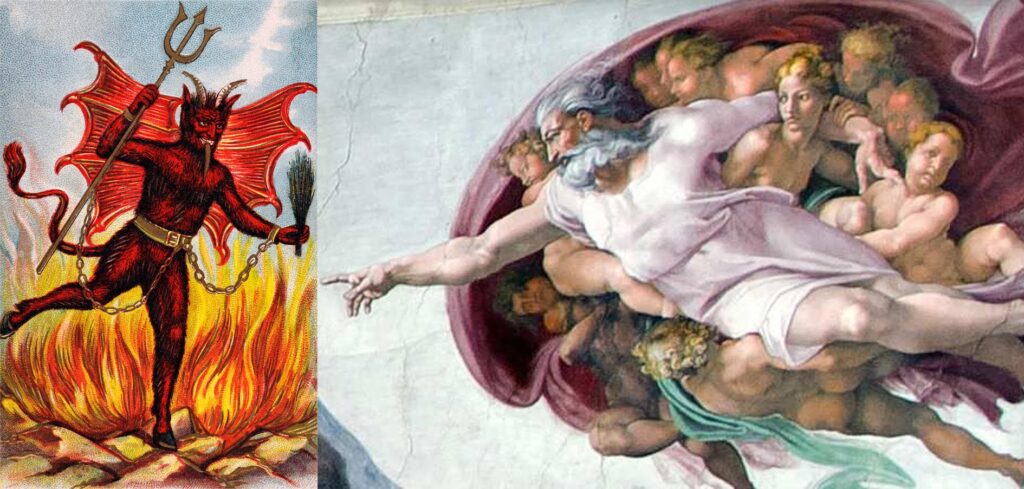
Dualism in the Imagined Struggle Between God and Satan
After Jesus’ lifetime, some of the “Early Church Fathers” depicted Satan as the great Enemy of God, to whom God delivered the entire Human Race for eternal punishment. The elevation of Satan to a role where he was supposed to rival God’s unchallenged supremacy was done in order to try and explain the existence of evil within God’s creation. This changed Christianity – at least for many people – from a Monotheistic to a Dualistic philosophy.
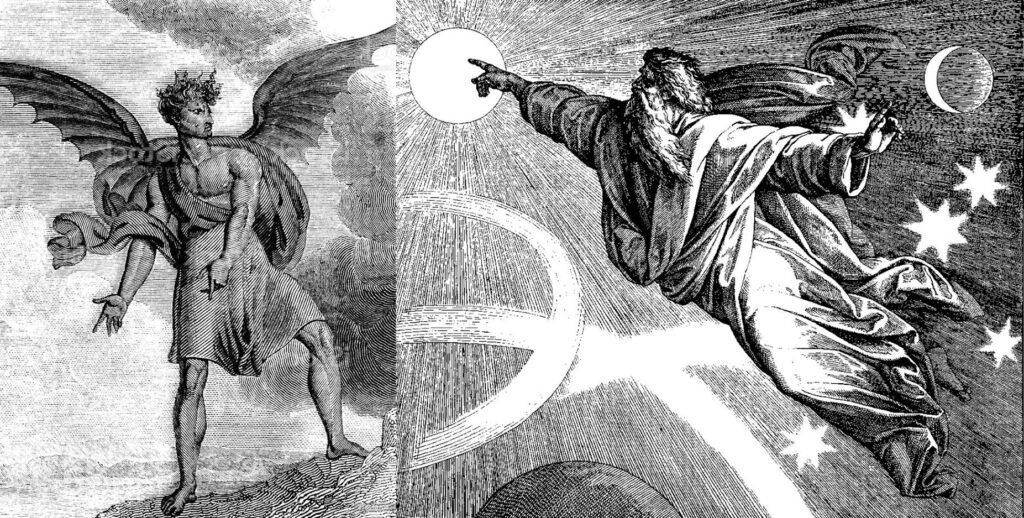
This change in doctrine portrayed God not as the all-powerful but merciful Father of the Gospels. His supposed scheme of sacrificing His son to redeem a comparatively small number of fortunate men and women, left millions of others, conceived and born in a state of guilt – due to Adam’s (original) sin – to suffer unimaginable terrors in Hell forever.
This was never Jesus’ teaching. Jesus taught, “As you sow, so shall you reap.” He never said, “As Adam sowed, so shall you reap.”
Henry Ansgar Kelly makes the point:
If we accept this doctrine, then The Devil, numerically speaking, is the clear winner. There is a need to rectify our view of human nature and eliminate discussions of “evil” by drawing attention away from an invisible Prince of Darkness or abstract Personification of Evil, and focusing on the real causes of the evil actions that people actually commit.
[Edited from SATAN: A Biography by Henry Ansgar Kelly]
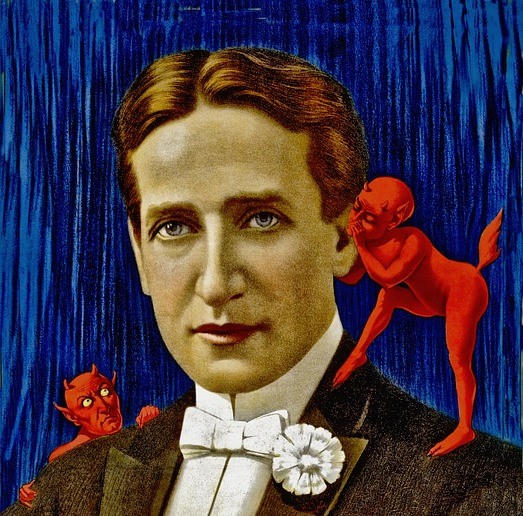
What is the real cause of our evil actions? Lord Krishna explains to Arjuna why we are compelled to engage in sinful acts, even when we know they are wrong, putting the resonsibility where it clearly belongs, rather than blaming the imaginary figure of Satan (“The Devil made me do it!”)
Arjuna said: O descendant of Vrsni, by what is one impelled to sinful acts, even unwillingly, as if engaged by force? The Blessed Lord said: It is lust only, Arjuna, which is born of contact with the material modes of passion and later transformed into wrath, and which is the all-devouring, sinful enemy of this world.
[Bhagavad-gita 3:36-37]
Monotheism
Monotheism is the worship of one Supreme Being. Vaisnavas, devotees of Krishna or Vishnu, are monotheists, as Krishna is the Supreme Personality of Godhead, and although he has many expansions and incarnations, they are not actually separate from Him. Just as an expert actor is able to play many different roles, and appears to be a totally different person with each new role he plays, so the Supreme Personality of Godhead is able to expand Himself to carry out different tasks and pastimes, but still remains the one Supreme Being. Lord Brahma prays:
I worship Govinda, the Primeval Lord, Who is always situated in various incarnations such as Rama, Nrsimha, and many subincarnations as well, but Who is the original Personality of Godhead known as Krishna and Who incarnates personally also.
[Brahma samhita 5:39]
All the above-mentioned incarnations are either plenary portions or portions of the plenary portions of the Lord, but Lord Sri Krishna is the original Personality of Godhead. All of them appear on planets whenever there is a disturbance by the atheists. The Lord incarnates to protect the theists.
[Srimad Bhagavatam 1:3:28]
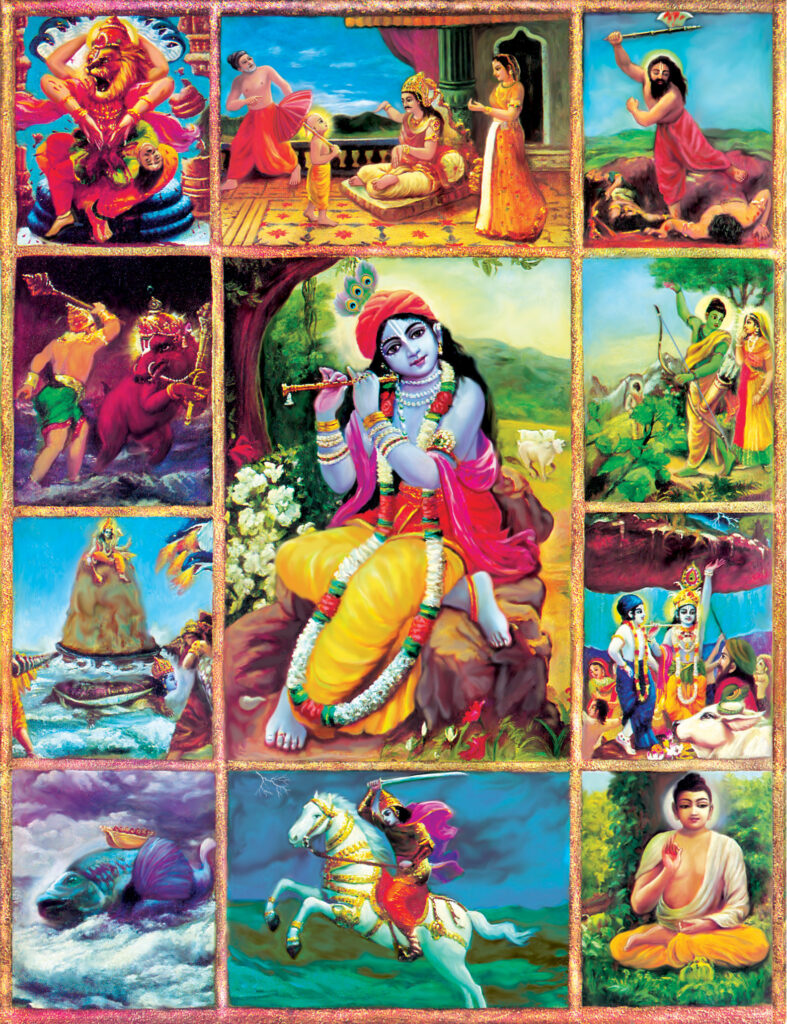
To say that God has any competitor, that He has to do battle and strive to overcome some other powerful being who is interfering with His Divine Scheme, is a form of atheism – because it denies God’s unrivalled supremacy. When Krishna appears in this world He fights with powerful demoniac entities like King Kamsa, Putana, Aghasura or the Kaliya serpent. But this is done for fun, as part of His lila or pastimes, and there is never any doubt as to what the outcome of these tussles will be.
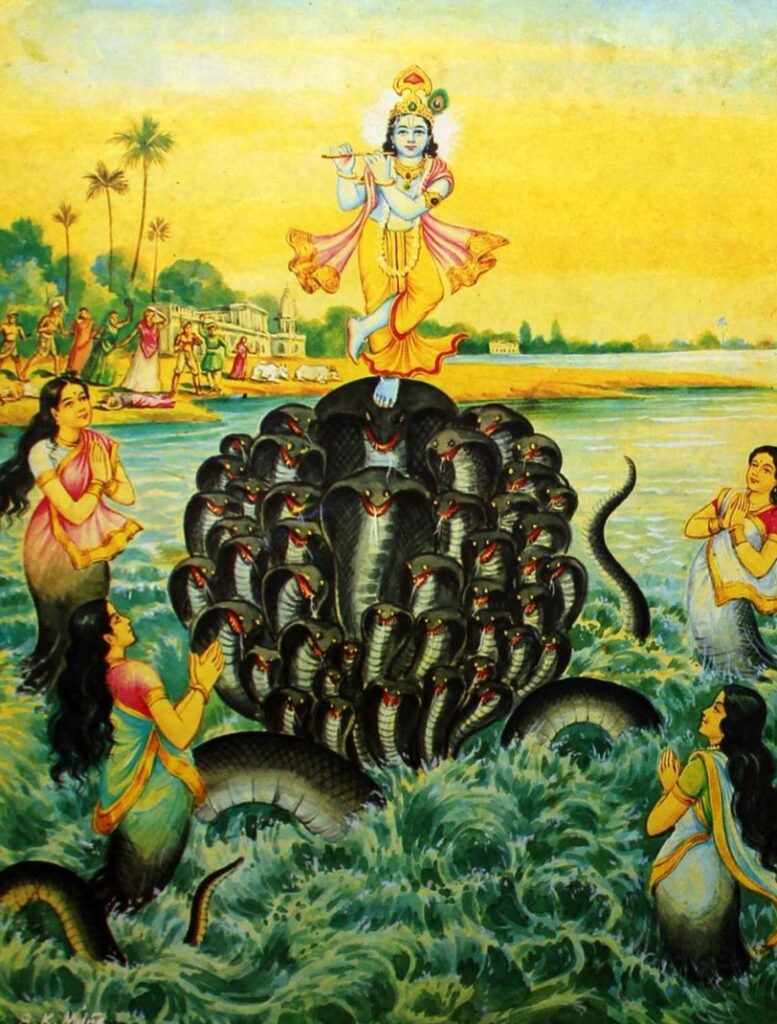
Krishna killed many demons effortlessly when He was a baby and small child. These pastimes were enacted to give his friends and family a chance to take shelter, to give pleasure to His devotees and to show that Krishna is always all-powerful. And all of the demons who were killed by Krishna achieved liberation, either by merging into His Brahman effulgence or attaining their original form in Goloka Vrindavan. All living beings are emanating from Krishna and they are always under His supreme control. Factually, no-one can challenge Krishna.
Fools deride Me when I descend in the human form. They do not know My transcendental nature and My supreme dominion over all that be.
[Bhagavad-gita 9:11]
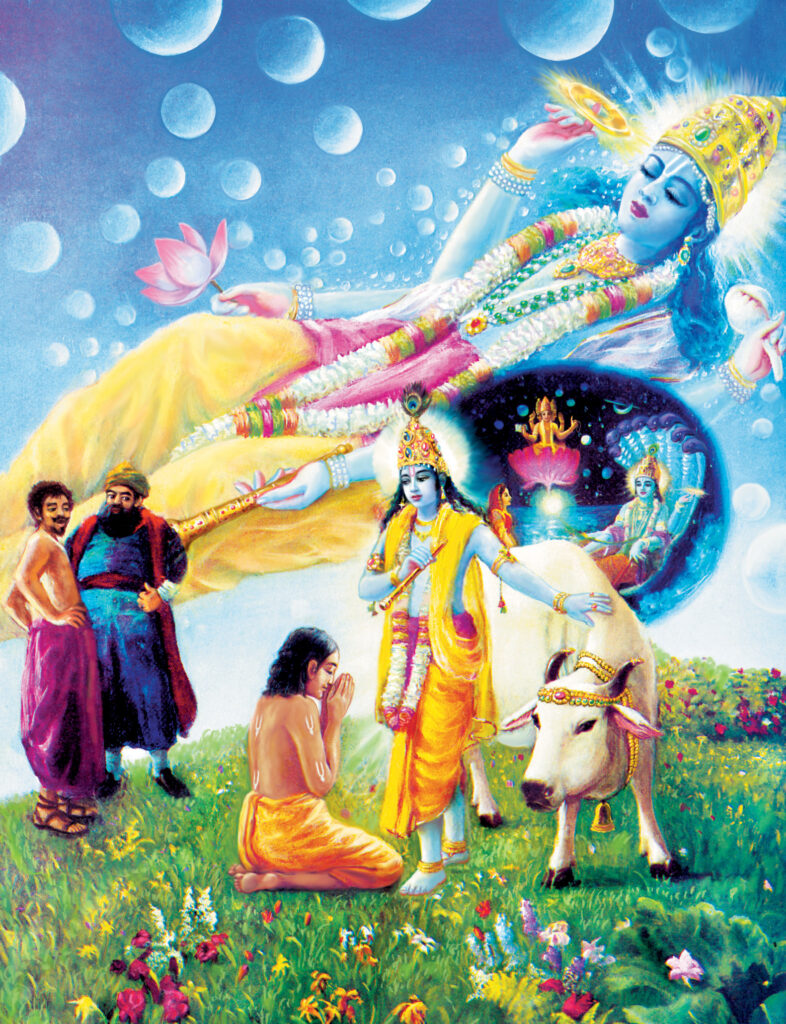
A person must know in fact, the Greatest of all, Who has no material body, is omniscient, is beyond reproach, is without veins, pure and uncontaminated, the self-sufficient Philosopher Who is awarding everyone’s desire since time immemorial.
[Sri Isopanishad, Mantra 8]
The complete conception of the Absolute Truth is realized in the Personality of Godhead because He is almighty and possesses full transcendental potencies. The full potency of the Absolute Truth is not realized in the brahmajyoti; therefore Brahman realisation is only partial realization of the Personality of Godhead. O learned sages, the first letter of the word Bhagavan (Bha) is twice significant: first in the sense of ‘one who fully maintains,’ and second in the sense of ‘guardian.’ The second letter (ga) means ‘guide,’ ‘leader’ or ‘creator.’ The letter va indicates that every being lives in Him and that He also lives in every being. In other words the transcendental sound Bhagavan represents infinite knowledge, potency, energy, opulence, strength and influence – all without a tinge of material inebriety.
[Bhagavat-sandarbha – Srila Jiva Goswami: Quoted purport Sri Isopanisad m.16]
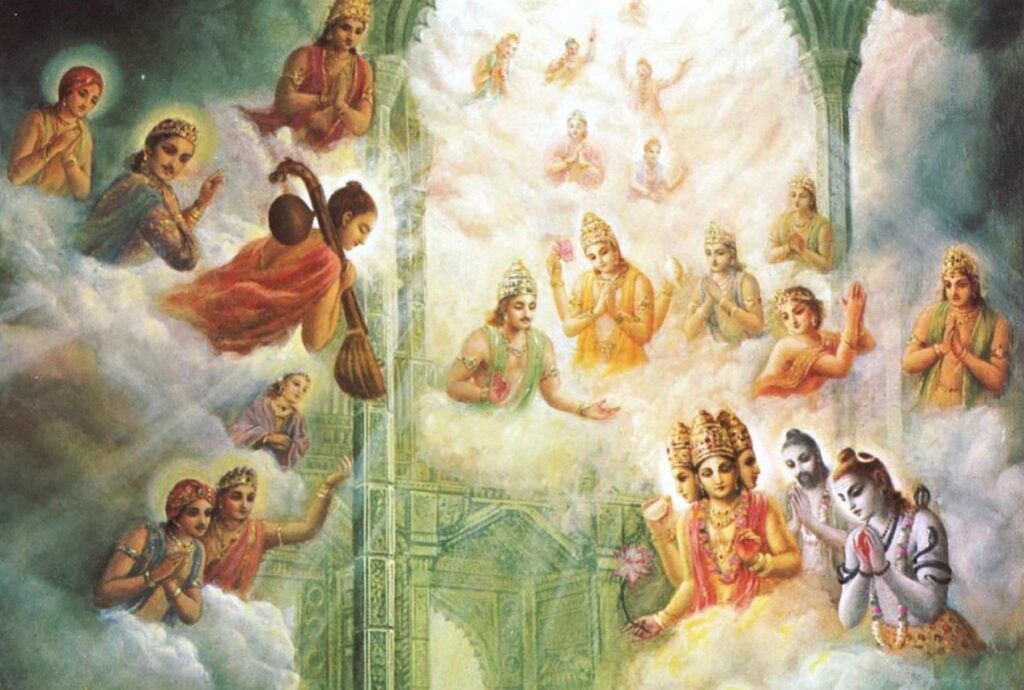
The Supreme Lord is the controller of all other controllers, and He is the greatest of all the diverse planetary leaders. Everyone is under His control. All entities are delegated with particular power only by the Supreme Lord; they are not supreme themselves. He is also worshipable by all the demigods and is the supreme director of all directors. Therefore He is transcendental to all kinds of material leaders and controllers and is worshipable by all. There is no one greater than Him, and He is the supreme cause of all causes.
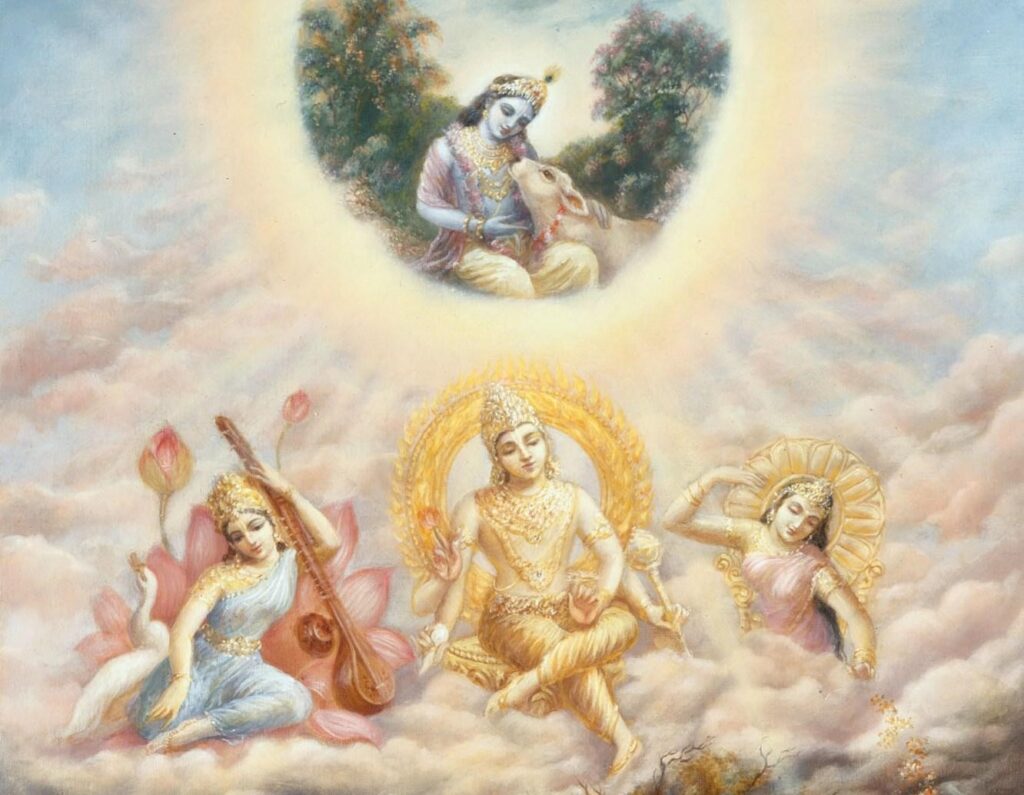
He does not possess bodily form like that of an ordinary living entity. There is no difference between His body and His soul. He is absolute. All His senses are transcendental. Any one of His senses can perform the action of any other sense. Therefore, no one is greater than Him or equal to Him. His potencies are multifarious, and thus His deeds are automatically performed as a natural sequence.
[Svetasvatara Upanishad 6:7-8.Quoted in purport B.g. 3:22]
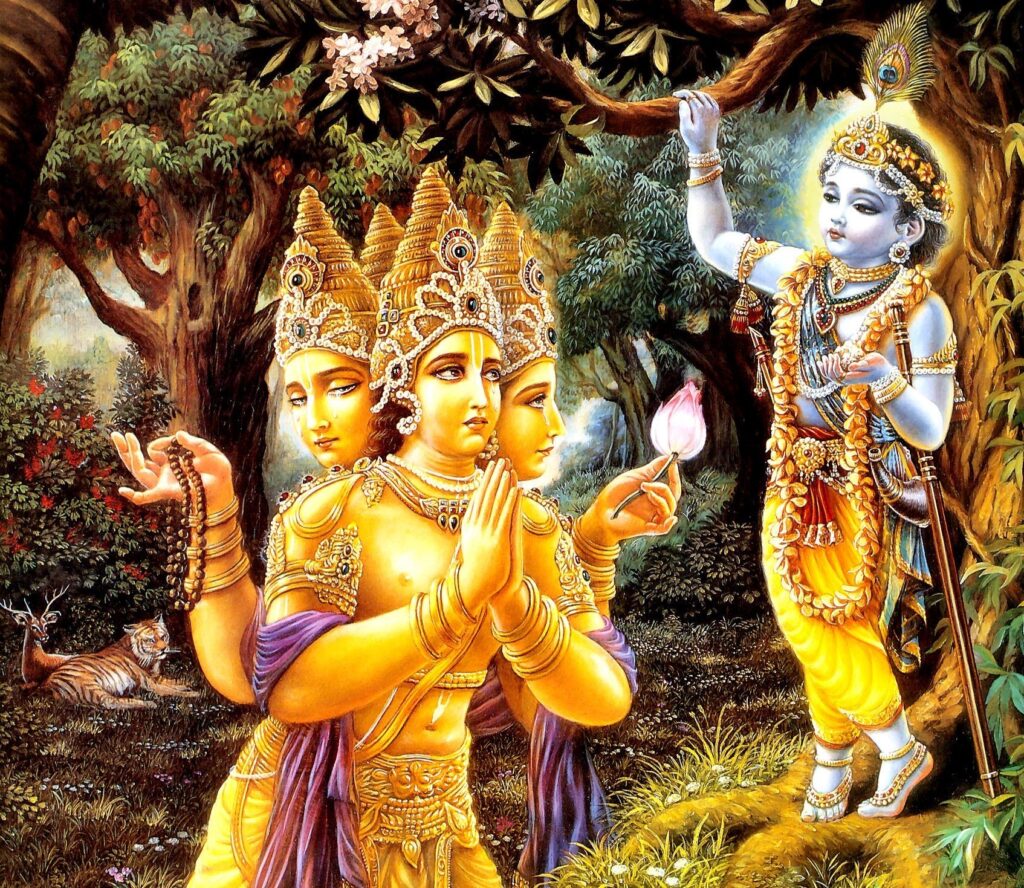
O great one, who stands above even Brahma, You are the original master. Why should they not offer their homage up to You, O limitless one? O refuge of the universe, You are the invincible force, the cause of all causes, transcendental to this material manifestation.
[Bhagavad-gita 11:37]
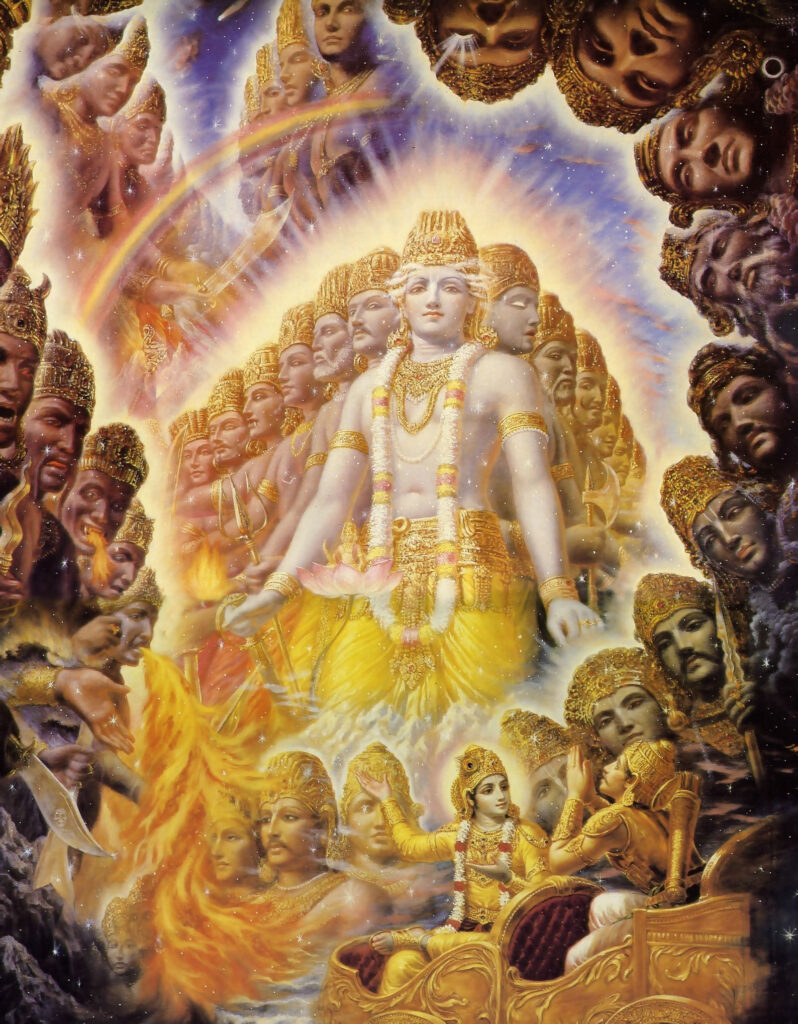
What is the value of a throne to Lord Krishna? The masters of the various planetary systems accept the dust of His lotus feet on their crowned heads. That dust makes the holy places sacred, and even Lord Brahma, Lord Shiva, Laksmi and I Myself who are all portions of His plenary portion, eternally carry that dust on our heads.
[Srimad Bhagavatam 10:68:37 and Caitanya-caritamrta Adi 5:141]
(This verse was spoken by Lord Balarama to the Kauravas prior to the Battle of Kuruksetra. The Kauravas spoke ill of Lord Krishna while flattering Baladeva in the hope that He would become their ally. Lord Baladeva became angry and spoke this verse.)
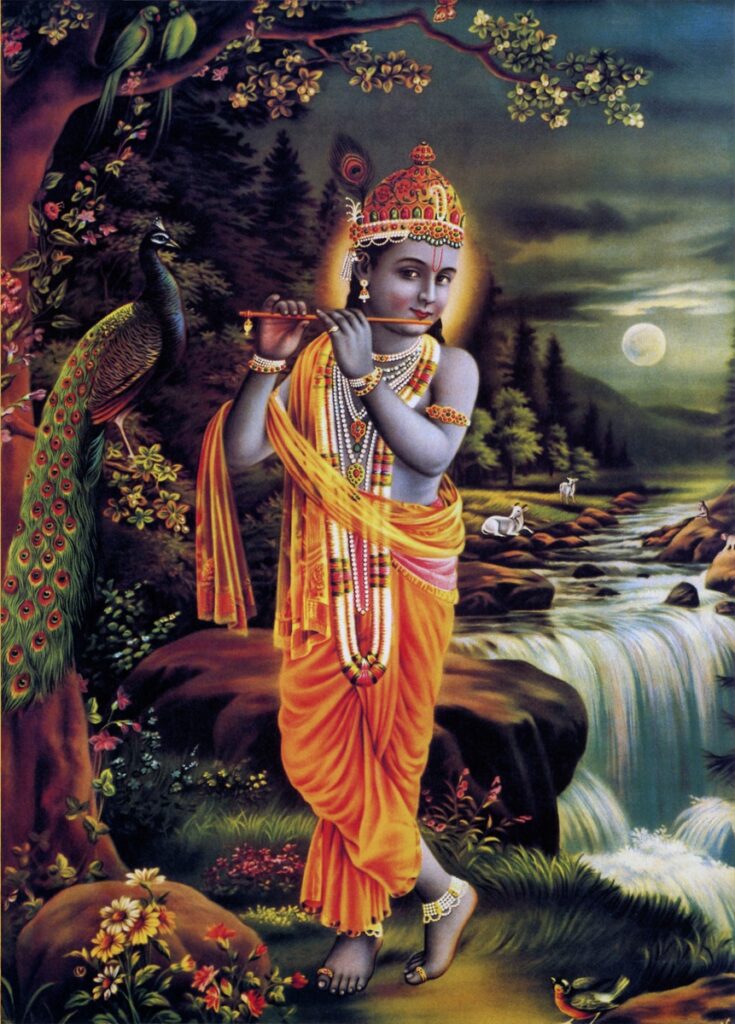

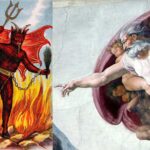
Leave A Reply